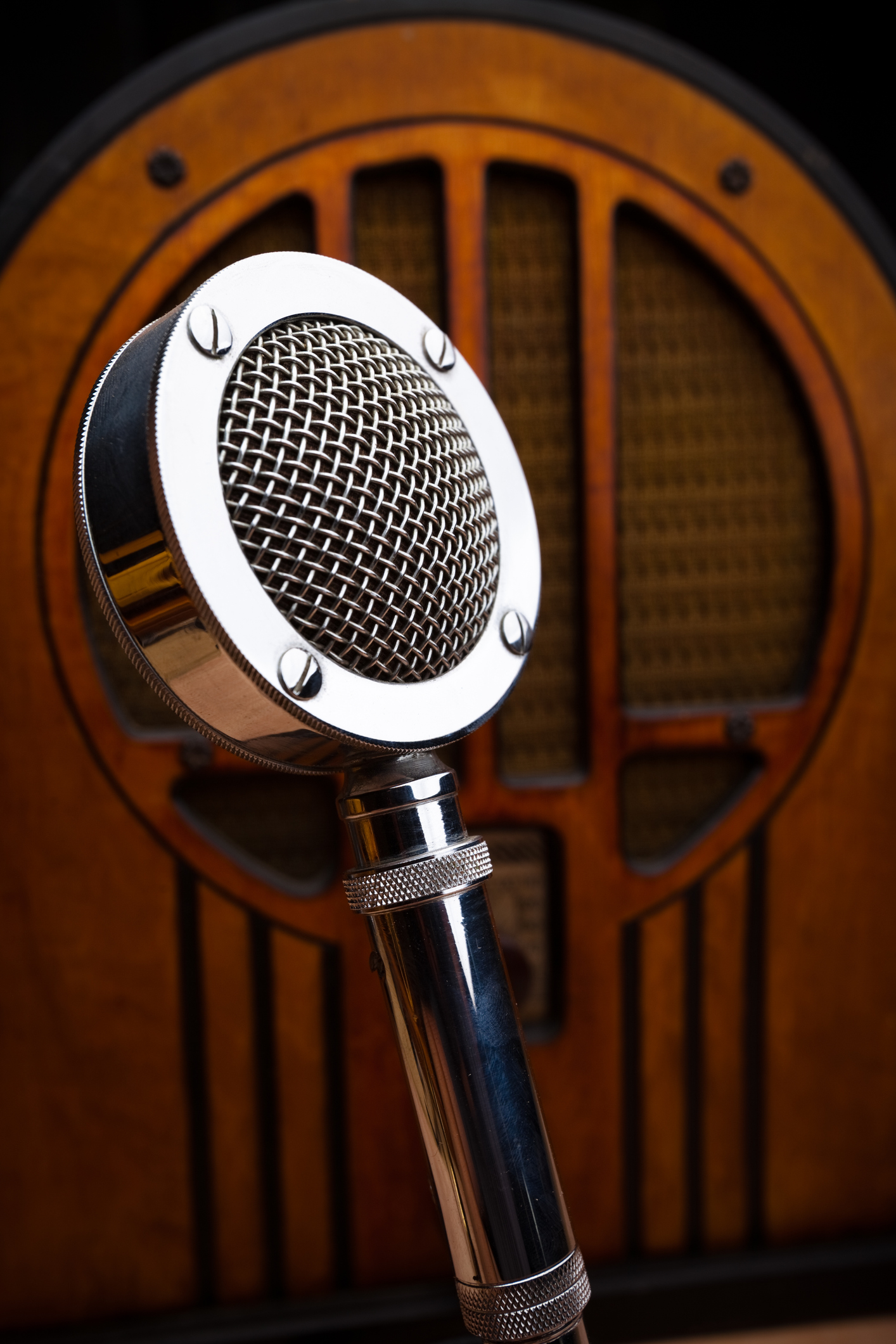The radio is often seen as an antiquated, if not obsolete, piece of technology in American culture. Little more than a speaker that plucks a signal out of the sky, it evokes images of families gathered around a piece of equipment the size of a dresser to listen to presidential fireside chats or news of Allied troop movements in Europe. An old-fashioned image, even quaint. Something that goes on a postcard or on a Norman Rockwell painting.
Then the war ended, and everyone got televisions. More time passed and the televisions transmitted images in living color. And the Mad Men of Manhattan flooded the screens and glossy magazines with advertisements. Radio was for music and some commercials, but its time seemed to have passed in favor of the new hearth.
Marketing has always been a fundamentally visual medium and no one has ever questioned this, but that might not always be the case with a digital world making it easier than ever to share audio content. In fact, millennials seem to have resurrected audio and it is exceeding visual marketing. iHeart Radio, the well-known aggregator, boasts impressive numbers, claiming to reach nine out of 10 Americans per month. But the story goes deeper than that. The story the Ipsos-iHeart radio survey, whose results were released in time for Cannes, tell a story that radio hasn’t really left. It’s always been there, and now with the digital revolution it’s center stage.
With millennials’ tendency to turn away from traditional cable television in favor of streaming services or OTT, radio is more entrenched in American consumer’s minds, and may only become more so as time passes. The Ipsos-iHeart radio survey found that 85 percent of consumers listened to a radio program in a week, far more than social media (68 percent) and live television (59 percent.) From companies like Amazon-owned Audible that stream best-selling books narrated with top-notch voice talent, to the endless array of podcasts, the market of audio content for consumers is significant and growing. In February, popular music streaming platform Spotify acquired Gimlet and Anchor, increasing its capability to deliver audio content to a large base of customers.
So where does this leave marketers? Well, here’s a simple question to start: do you have a podcast? They’re remarkably easy to set up. What sort of information do you think your users would benefit from? It’s a content marketing question, to be sure, but it’s an important one. The desire for humans to sit around a hearth and hear stories isn’t going anywhere anytime soon. The key is harnessing that desire and using it to build your audience, some of whom will one day turn into your customers
If marketing has a point to it, it’s telling a story with a beginning, middle, and the end with the consumer as the protagonist. Verbal storytelling, from bedtime stories as children to graduation speeches to gossiping with friends is a way we naturally communicate. Sometimes marketing communications, while visually arresting, fall flat because they fail to connect with their audience. You don’t necessarily feel like you’re in the same room as the judges from America’s Got Talent, but it’s easy to feel like you’re in the room during a podcast. Radio and audio content communicate a sense of intimacy that consumers want, and are willing to pay for. If you do it right, they may even become subscribers.







